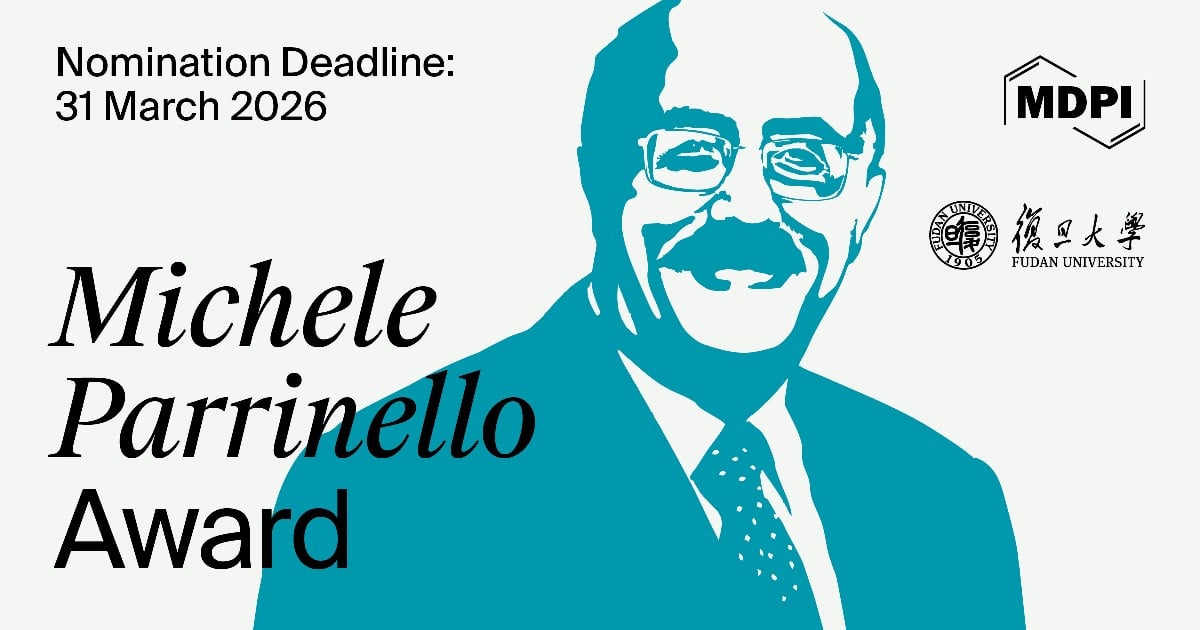Journal Description
Smart Cities
- Open Access— free for readers, with article processing charges (APC) paid by authors or their institutions.
- High Visibility: indexed within Scopus, ESCI (Web of Science), Inspec, AGRIS, and other databases.
- Journal Rank: JCR - Q1 (Urban Studies) / CiteScore - Q1 (Urban Studies)
- Rapid Publication: manuscripts are peer-reviewed and a first decision is provided to authors approximately 25.2 days after submission; acceptance to publication is undertaken in 3.9 days (median values for papers published in this journal in the second half of 2025).
- Recognition of Reviewers: reviewers who provide timely, thorough peer-review reports receive vouchers entitling them to a discount on the APC of their next publication in any MDPI journal, in appreciation of the work done.
Latest Articles
E-Mail Alert
News
Topics
Deadline: 20 January 2026
Deadline: 20 February 2026
Deadline: 10 March 2026
Deadline: 31 March 2026
Conferences
Special Issues
Deadline: 28 February 2026
Deadline: 28 February 2026
Deadline: 31 March 2026
Deadline: 30 April 2026


































